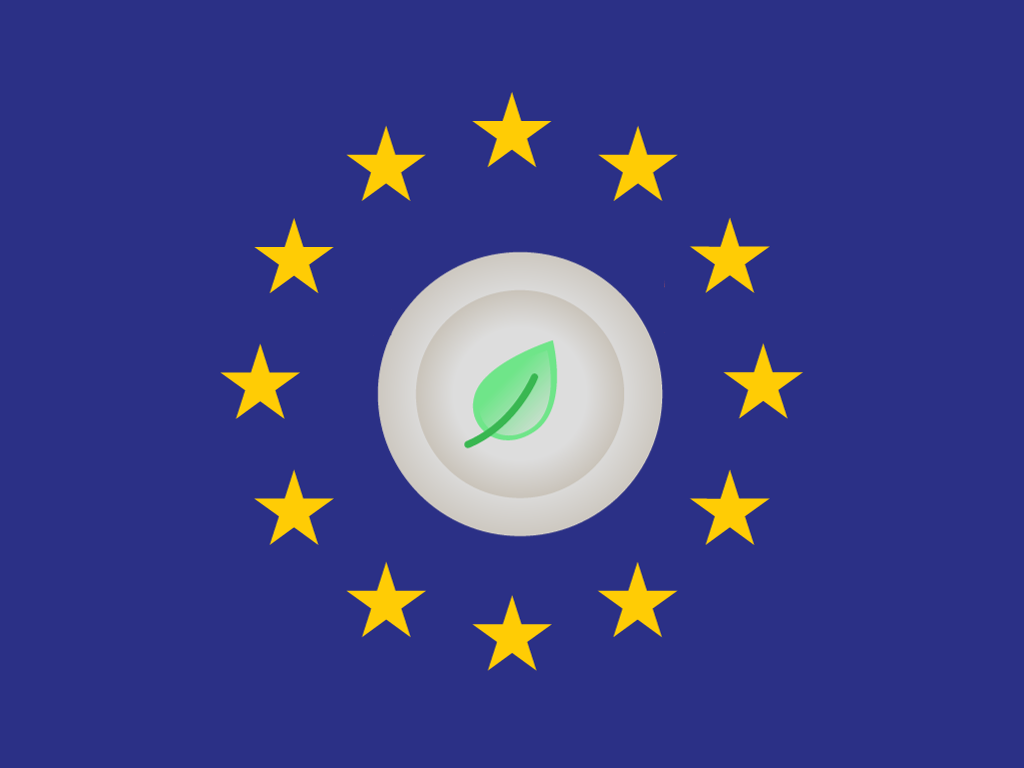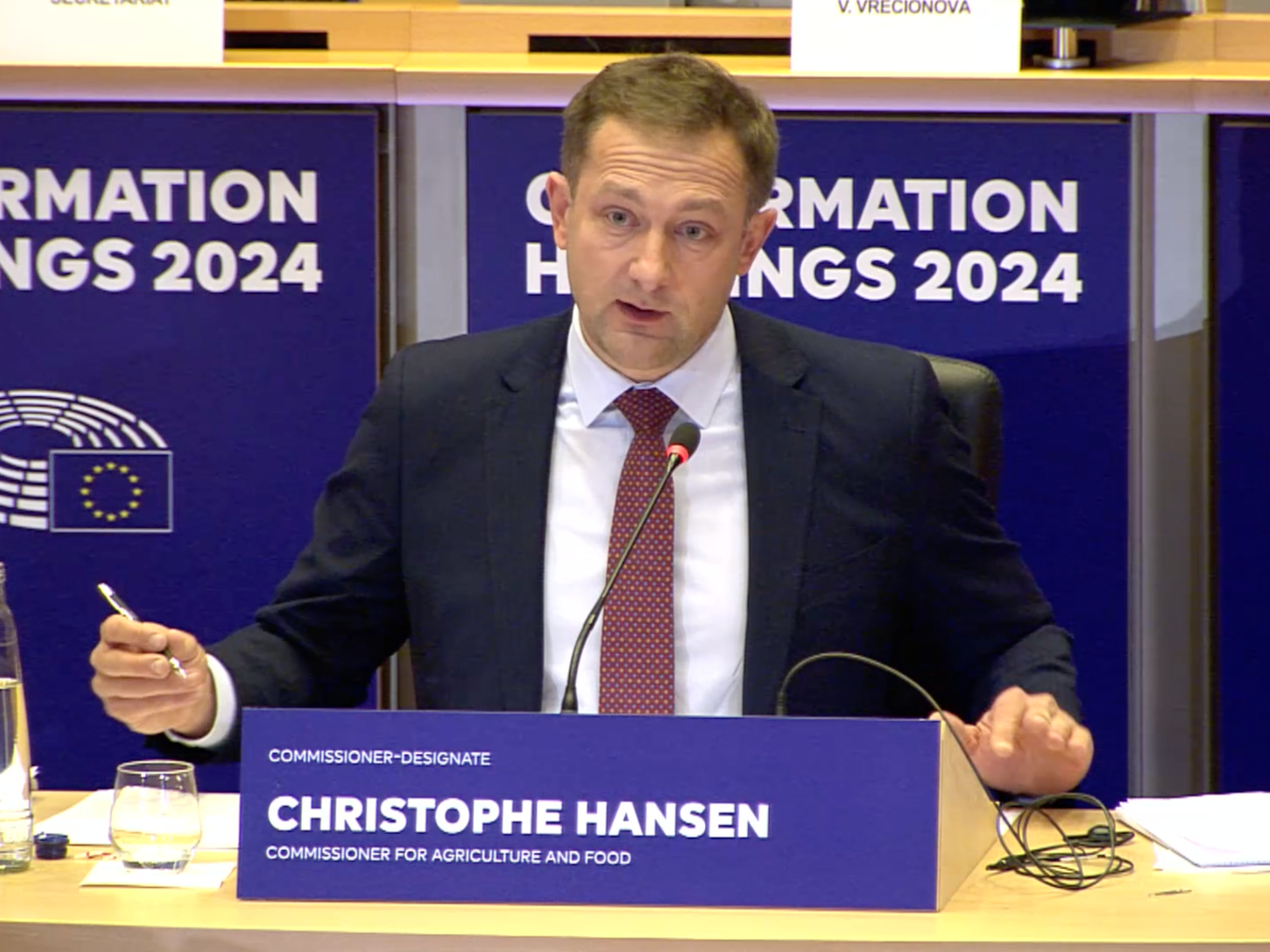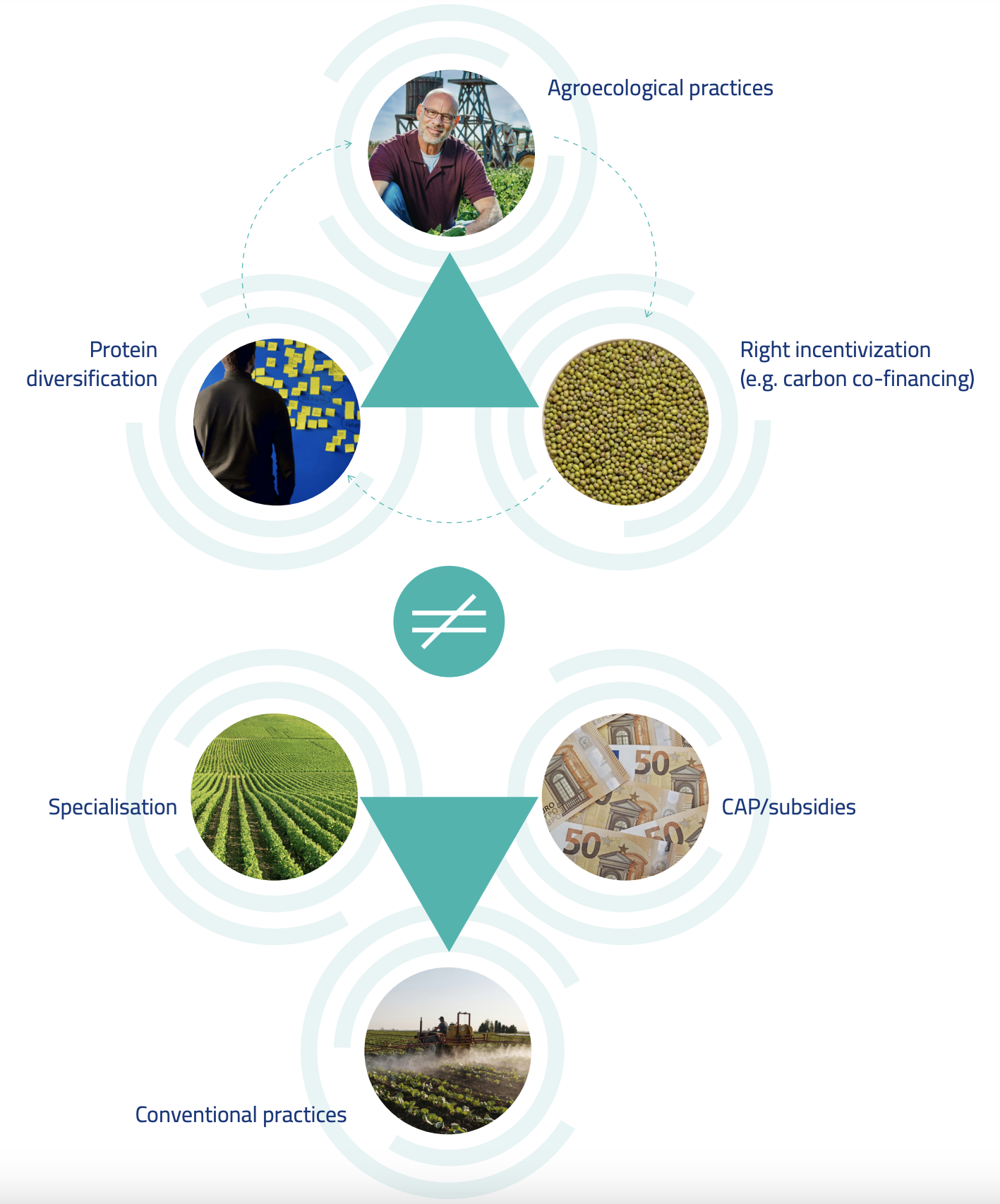
Marin Vandamme, a fellow at the School for Moral Ambition in Amsterdam, argues why the EU’s food strategy must emphasise protein diversification.
Let me take you to a familiar scene: a family dinner where everything is going smoothly – until the conversation turns to food. Someone makes an offhand comment about eating less meat, and suddenly, the table splits in two.
One side passionately argues that meat consumption is destroying the planet, while the other insists that any attempt to change traditional diets is an attack on personal freedom. Voices rise, forks pause mid-air, and an otherwise pleasant evening turns into a heated debate. Meanwhile, most people at the table are left awkwardly eating in silence, unsure of where to place themselves in an argument that feels like it has no middle ground.
Unfortunately, this dynamic is not unique to family gatherings. It plays out on a larger scale in political institutions, the media, and public discourse. The debate around how we produce and consume protein has become deeply polarised, leaving us stuck in a cycle of confrontation rather than progress. Yet, finding common ground is crucial, because the production and consumption of proteins impacts Europe’s food security, climate resilience, public health and, most importantly, farmers.
On the one hand, our over-reliance on imported feed puts our self-sufficiency at risk – 85% of the EU’s high-protein feed comes from just two countries. Our meat consumption exceeds WHO recommendations, with dire consequences for public health. Meanwhile, livestock farming contributes to 70% of agricultural emissions, and it is a major driver of biodiversity loss and pollution.
Yet, the other side of the coin is just as real: the animal farming industry employs four million people across Europe, provides crucial incomes for farmers, and plays an essential role in maintaining rural landscapes. Animal husbandry is also a core part of many farmer’s practices, like rotation systems, and provides opportunities for regions not suited for growing crops. Moreover, the consumption of animal proteins is deeply cultural, and embedded in national cuisines and traditions.
This is a complex issue. Nevertheless, instead of tackling it with the nuance it requires, we have collectively failed to find solutions. The debate has become polarised between two extremes: either we can only eat salads, or we eat meat every day all the time. For too many of us, this false duality defines our position in this debate.
The path forward: embracing protein diversification

Neither of these two options is satisfactory and that is why we need protein diversification: a balanced approach that recognises that we can’t hide behind the status quo and that we need to find effective solutions that work for all and leave no one behind.
Protein diversification means shifting towards a mix of plant, animal, and novel proteins in a sustainable, resilient, and healthy approach. There is no silver bullet; we need rather a menu of options that ensures adapted solutions are put in place for all stakeholders.
This is the case we made in our just-published position paper co-signed by over 90 organisations spanning the entire value chain – an unlikely coalition of meat processors and vegan farmers, agro-ecologists and precision fermentation companies, smallholder farmers and industrial players, health experts, consumer advocates, and environmental groups. This diversity underscores the power of protein diversification: it allows us to rise above polarisation and forge pragmatic solutions.
Our paper called on the European Commission to make protein diversification a priority of its mandate. We showcase the farmers already embracing it, demonstrating that this is not a theoretical vision but that this can be a win-win situation that benefits farmers and rural areas, competitiveness and food security, the environment and animal welfare, and our health.
The EU vision on proteins: a small step in the right direction

The newly released EU Vision for Food and Agriculture includes encouraging signals. It explicitly acknowledges that we need to rethink both how proteins are produced and consumed in Europe and commits to developing a comprehensive plan to create a more self-sufficient and sustainable protein system.
This is an important opening to continue advocating for protein diversification. Moreover, the explicit mention of consumption, an issue that is too often ignored, opens the door to engage on a broad range of policies from production to consumption.
Other positive elements include strengthening farmers’ positions in the value chain, supporting their transition to sustainable practices, and reinforcing the European Food Safety Authority, which is crucial for the approval of novel proteins. The Vision also highlights circularity, bioeconomy, and the revalorisation of waste streams, all of which can contribute to a more sustainable protein landscape creating major benefits for farmers.
However, the vision falls short in key areas. It is less ambitious than the outcomes of the Strategic Dialogue, most notably in failing to propose a plant-based action plan or even mentioning legumes and pulses. The focus remains heavily on sustainable livestock, relying on technological fixes rather than aligning production with regional environmental capacities. Additionally, it lacks a clear direction of travel; commitments remain vague, often lacking clear timelines or implementation strategies.
What needs to happen next?

The vision may not be as transformative as many had hoped, but it leaves space for action. To ensure protein diversification happens and delivers benefits to all, it is critical to continue the collective effort that has been started.
We will continue to support stakeholders from across the food system to join forces with each other and with the commission to ensure the comprehensive plan on proteins and the CAP reform support protein diversification and deliver benefits for all.
Beyond that, members of the European Parliament must urgently build on the established base of support for protein diversification to receive the needed support in the relevant committees. Finally, Member States must elevate the topic of protein diversification as a strategic priority by developing national protein plans, sharing best practices and uniting on the topic in the Council.
We have momentum. The time to act is now – for the sake of peaceful family dinners, but mostly for the sake of all in the food system. We need to rise above polarisation, build ambitious coalitions, and commit to a protein landscape that is competitive, resilient, healthy, sustainable and that ensures farmers and rural areas thrive.
The post Beyond Polarisation: Why the EU Must Prioritise Protein Diversification appeared first on Green Queen.
This post was originally published on Green Queen.